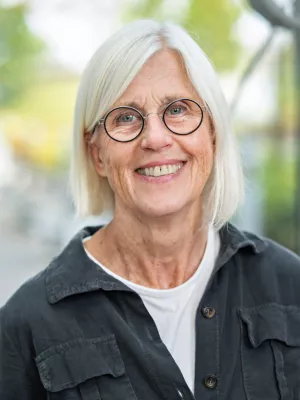
Carina Sjöholm
Senior lecturer, associate professor

Politics and place in the making of heritage plants
Author
Summary, in English
Department/s
- Department of Service Studies
Publishing year
2019-06-16
Language
English
Links
Document type
Conference paper: abstract
Topic
- Human Geography
Conference name
The 8th Nordic Geographers Meeting
Conference date
2019-06-16 - 2019-06-19
Conference place
Trondheim, Norway
Status
Unpublished

